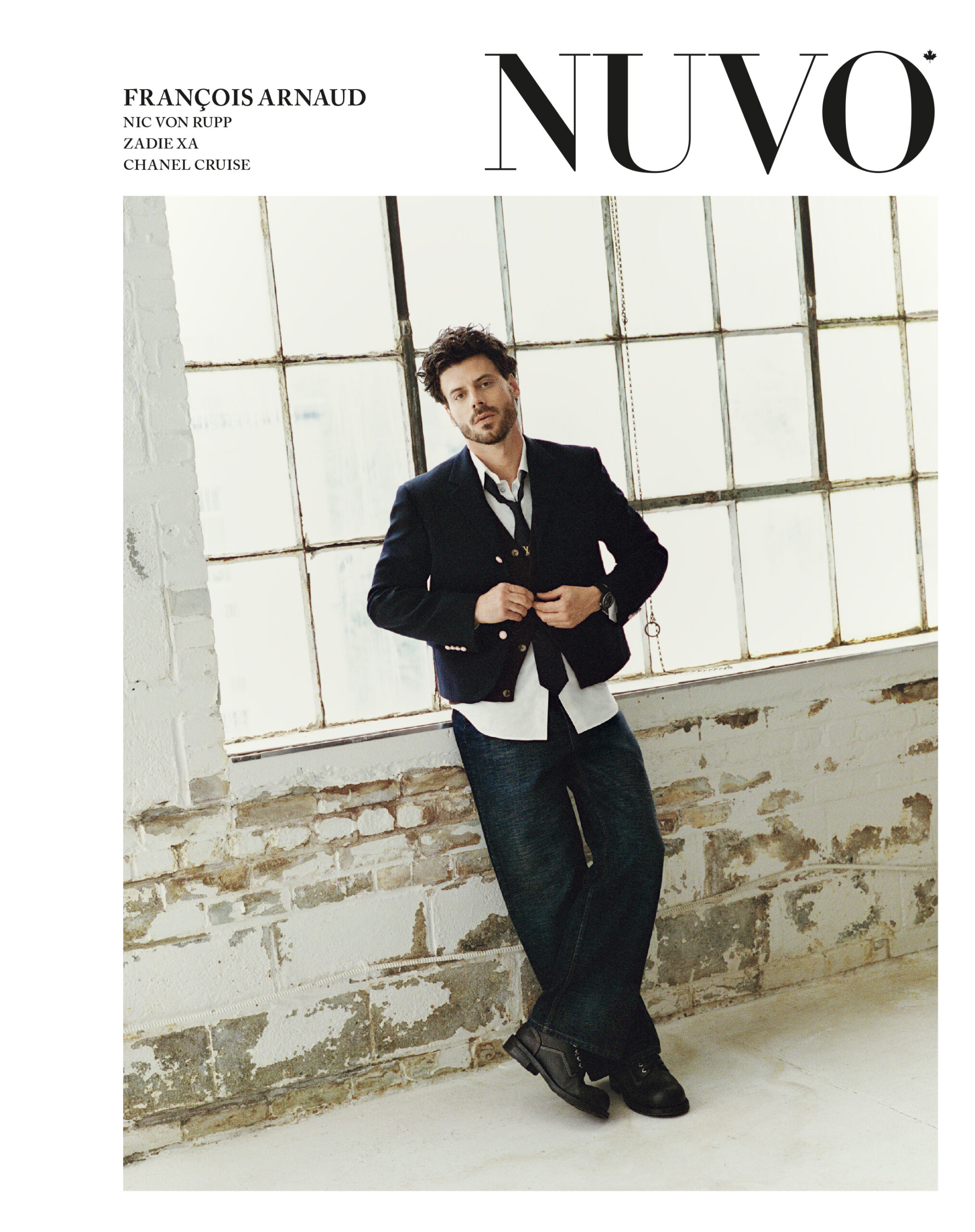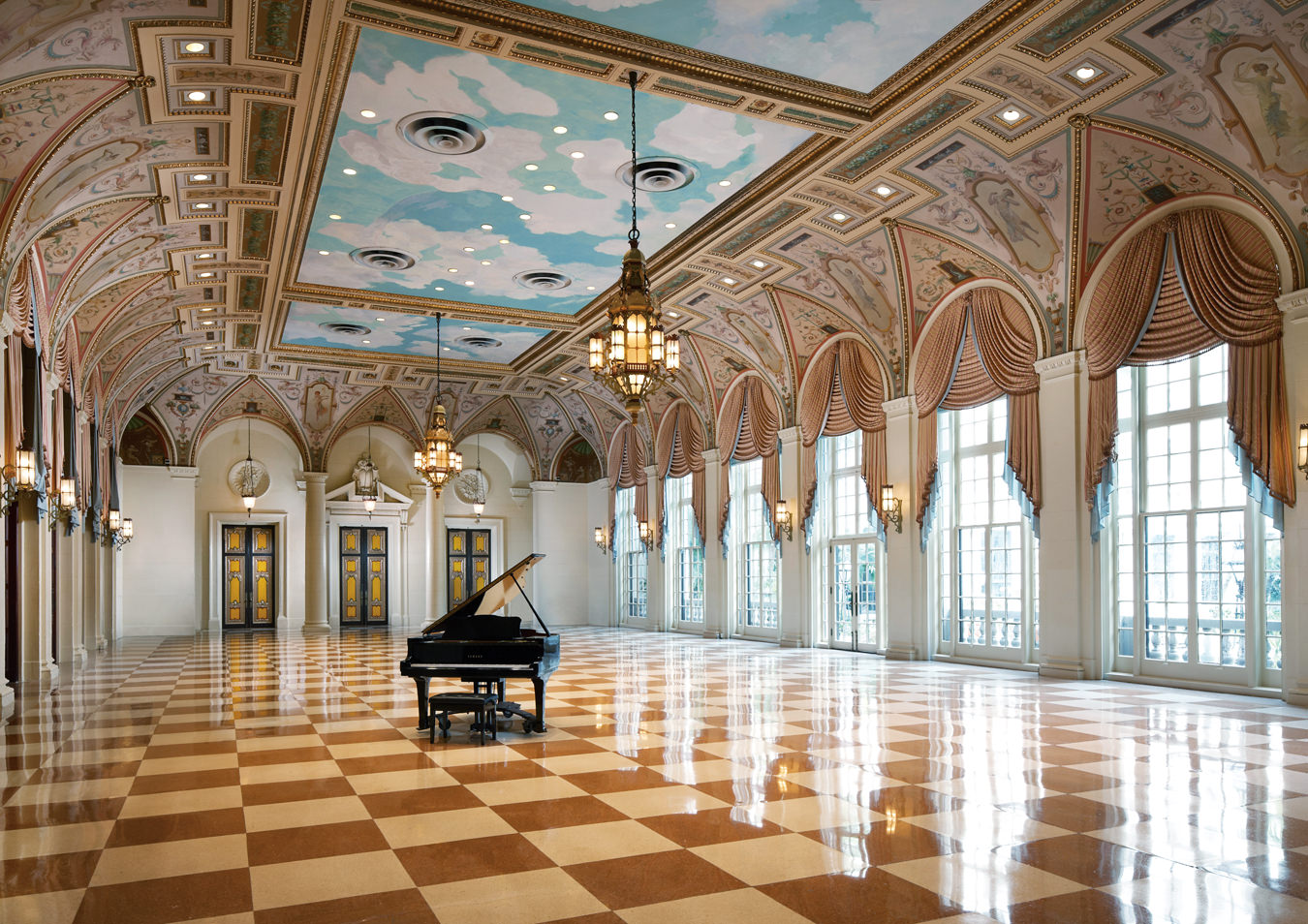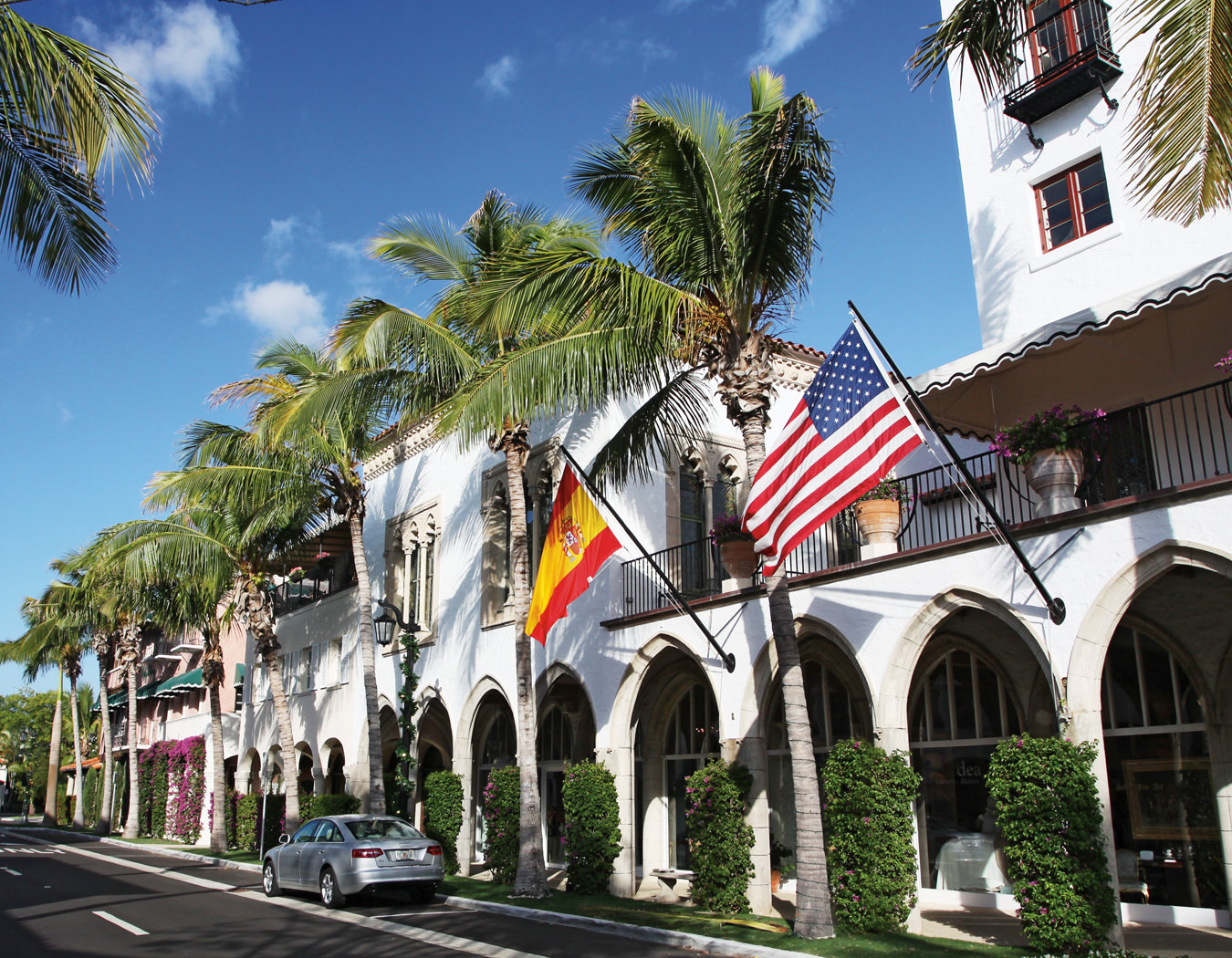From the ashes rose the Breakers—twice, actually.
The first time was on June 9, 1903. The beachfront masterpiece of oil magnate Henry Flagler—and the most famous hotel in Palm Beach County, Florida—went up in flames. The resort was rebuilt and up and running within the year, charging a luxurious (at the time) $4 a night. But 21 years later, a fire once again burned it to the ground. The alleged culprit? A curling iron.
Not unlike a phoenix, flames gave way to beauty and rebirth. The Breakers of today is an Italian Renaissance showpiece, with Murano glass chandeliers in the lobby and a ceiling painted with ornate frescoes by the hands of 73 Italian artists. To get there, one must pass over a small bridge to luxe Palm Beach, a 27-square-kilometre island that makes up part of Palm Beach County (also known as the Palm Beaches). Take the commute along the property’s lengthy driveway slowly to get the full effect before stepping past bellmen into the high-ceilinged lobby, where enormous vases overflow with fresh flowers. It’s abundantly clear that every corner of the Breakers’ 140 acres is either beautifully updated or painstakingly preserved.
Indeed, preservation is a topic of conversation in Palm Beach, and it’s not out of place to hear a discussion of plastic surgery and art deco architecture addressed in the same breath. Luckily there is so much more than the skin-deep to appreciate; Palm Beach County’s current allure can be attributed to Flagler himself. Born in 1830, the industrialist and king of Florida tourism is the main individual responsible for bringing resort culture to the United States by introducing the Florida East Coast Railway, and later, hotels.
To visit is divine, but to own an address in Palm Beach proper today is to belong to a prestigious lot; Donald Trump’s Mar-a-Lago Club on South Ocean Boulevard is a sensational case in point. Visible from the road and set upon a plot bigger than a football field, the estate used to be the private palace of Marjorie Merriweather Post (once the owner of General Foods). It was rumoured to be doomed for demolition until Trump bought it in 1985.
TV star Dr. Oz also lives in the area, and when he’s in town the doctor dines at Buccan, where chef Clay Conley cooks for an always-packed room. Martha Stewart and Michael Jordan are also devotees of the Caribbean-style fare—think short rib empanadas and grilled branzino with roasted fennel. For a slightly glitzier dinner, there is also chef Sean Brasel’s institution, Meat Market. It is a place for the carnivorous to see and be seen, with gilded gold interiors and a knockout 30-ounce Kobe beef tomahawk ribeye on the menu.
Back at Buccan (and around the corner from its sister sushi restaurant, Imoto) is an offshoot café that makes the locals’ favourite sandwiches. You might be hard pressed to find it, though, as there’s no sign noting its presence—the result of a quirky local business signage law. “It’s really Palm Beach-y that way,” someone says in passing. If you aren’t in the know, you’d walk right by—and that is very Palm Beach-y.
Real exclusivity tends to be faultlessly discreet and the members-only Everglades Club is a prime example. The headquarters for the county’s pre-eminent club, located off the west end of famous Worth Avenue, was opened in 1919 and designed by architect Addison Mizner. The subtle exterior holds nary a hint to passersby that the Everglades hides within. In contrast, the opulent Worth Avenue shopping strip announces its presence with regal stone pillars set right across the street from the ocean. There is an air of London’s Bond Street in the architecture, with covered walkways, courtyards, and tile-lined staircases. The first Saks Fifth Avenue outside of New York opened here in 1926; today, it shows off a living wall with over 10,000 well-watered plants.
“It’s a manicured place, for sure,” says Jorge Pesquera, CEO of Discover the Palm Beaches, referencing the county as a whole. “It’s also the place to have the time of your life.” True to its reputation as America’s first resort destination there is a genuine sense of hospitality all over, from the 170 golf courses to the lavish polo pitches to that pinnacle of historic hotels, the Breakers. Each year, the property invests around $25-million (U.S.) in capital improvements and ongoing revitalization—a little “plaster surgery”, if you will. There’s nothing quite like gazing out of floor-to-ceiling glass doors in an oceanview suite to the surf below and wanting to stay put, just where you are.









